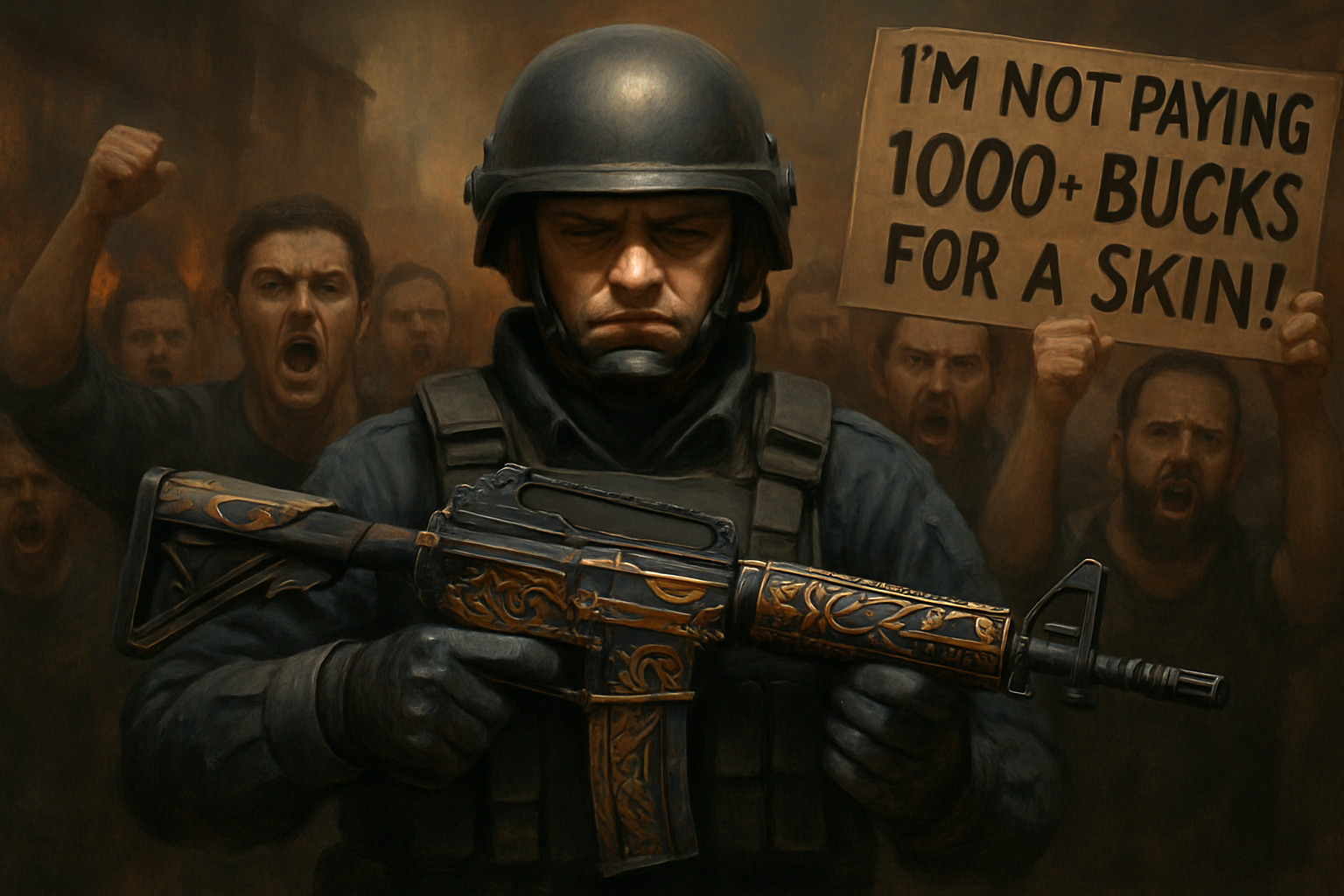🔥 Limited Release — Skeleton Coder Collection is here. Shop the Drop Dismiss
Raige StaffAI News, Gaming News3 weeks ago8 Views

Counter-Strike 2 has rolled out a new system for monetizing guns that’s turning heads—and not in a good way. Players are pushing back hard, finding the change grindy and expensive, even more so than previous crate-and-key frustrations.
Valve’s latest sequel to the iconic shooter abandons traditional skin drops and crates. Instead, it offers a tiered, direct purchase setup with escalating prices on skins—some climbing into the thousands of dollars. This fresh approach attempts to reshape ownership and rarity but has quickly ignited controversy.
Counter-Strike’s skin economy has long been a lively subculture—integral to player identity and trading communities. Altering this delicate balance affects how players experience rarity and value. The shift signals a broader change in how games might monetize cosmetics without gambling mechanics—but at a potential cost to player goodwill.
Valve’s gamble feels like a step away from tradition in pursuit of clearer, high-value transactions. But monetization can’t just be a ledger — it’s a delicate dance with player emotion. By putting such a steep price on digital goods, Counter-Strike 2 risks alienating the very communities that made its skins legendary. As PC Gamer reports, players are already pushing back hard, with some calling this system even worse than the crates-and-keys era. The message is clear: innovation in monetization only works if players feel valued, not exploited.






